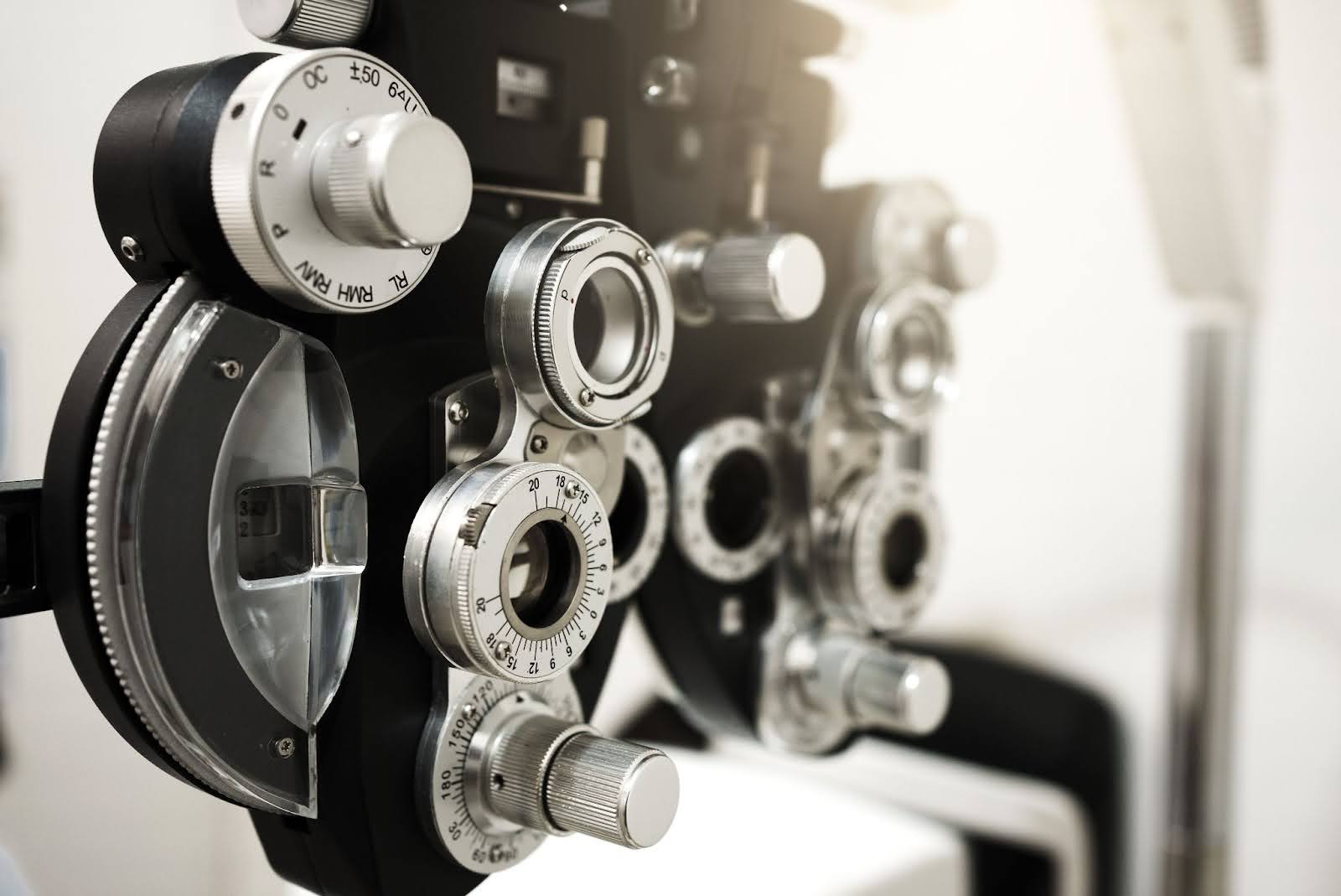
You invested a considerable amount of time, energy, and money into choosing the right equipment for your ophthalmic practice.
Each piece was thoughtfully selected to ensure efficiency and accuracy, as well as to provide a comfortable and positive experience for your patients—and you want to make sure it continues to function optimally for years to come.
If some components stop working, or if a device breaks down altogether, your practice could lose significant income while you wait for repairs or a replacement. As a result, patient satisfaction ratings may suffer and you could see a drop in referrals.
The best way to protect your investment and keep your practice thriving is with preventative maintenance.
While most equipment will need very little service or repair in the first three years, be sure to carefully review the maintenance and warranty information whenever you add a new piece to your practice. That way, you know what is required and what to expect if something stops working.
If you don’t have a service contract in place, it can be useful to create a calendar with important dates for cleaning, diagnostics, calibration, and maintenance of each instrument in your office. Put the calendar in a place where you and your staff will always be able to see it so you can take action or schedule maintenance as necessary.
Incorporate the following tips into your everyday routine to protect and extend the life of your equipment.
1. Treat all optical surfaces with care.
Many pieces of ophthalmic equipment include mirrors, prisms, lenses, beam splitters, windows, and glass plates. These surfaces are highly polished to prevent any warping or irregularities, and some are coated to ensure they are optimally prepared for use. Because different pieces may use different chemical coatings, always refer to the manufacturer recommendations before cleaning.
Never wipe dust from an optical surface, as the particles can cause scratches that can negatively affect the results from the instrument. Because even the slightest touch can affect the integrity of an optical surface, always hold them by the edge, while wearing gloves, or using a tissue to prevent oils from touching the surface.
2. Be smart about power sources, cords, and fuses.
Depending on the piece of equipment, there are several different power sources you may find yourself using regularly. If you are using a wall socket, make sure you have the correct voltage; otherwise, seek out an appropriate transformer. Use surge protectors for computerized equipment, and consider a voltage stabilizer when appropriate.
Regularly inspect all electrical cords for corrosion. To avoid damaging them, never pull cords from the power source by the wire itself. Fuses keep electrical currents from being overloaded, so it is important to use the correct amperage for each piece of equipment and never bypass the fuses. You should always keep extra fuses on hand in case you need them.
3. Safeguard your bulbs and batteries.
When you change your bulbs, make sure the equipment is off and unplugged, and that the bulbs are cool. Use the correct bulb for each socket, and try not to touch the surface of the bulb because oil deposits on your fingers can leave permanent marks and may cause shadows.
Always keep voltages at the lowest possible setting. If there is a power surge, you don't want it to blow out your bulbs. If you are using a piece of equipment (such as a microscope) and the lamp is on, avoid moving it because even the slightest movement can crack or break the bulb filament.
Many handheld instruments use batteries. Always make sure rechargeable batteries are fully drained before being recharged, and keep in mind that as time passes, the lifespan of the battery will gradually get shorter.
4. Schedule routine maintenance and professional cleaning.
Maintenance and service should be set on a regular basis. As mentioned above, creating a calendar or timetable can help you keep track of when you should contact the manufacturer to schedule a service appointment.
For convenience, you may also want to sign up for an annual preventative maintenance service contract. When choosing a provider to perform routine maintenance, professional cleaning, and equipment repairs, it is important to work with a qualified service and repair technician that understands how each piece of ophthalmic equipment operates and how all the intricate parts work.
For instance, Veatch’s factory-trained technicians have more than 60 years of combined industry experience and are adept at working with highly technical pieces. They can also service multiple pieces of equipment in one visit to save time and keep your practice running smoothly.
5. Protect your equipment when not in use.
Be diligent about keeping each piece covered; this will help prevent dust as well as fungus (which can cause costly damage to lenses). Porous cloth covers are preferred for covering equipment, and silica gel packs may be used for instruments that need to be kept in sealed containers. Always keep your equipment in a dry location, and use a dehumidifier if necessary.
An ounce of prevention is worth a pound of cure.
Maintaining your equipment to the highest degree not only extends its functionality, but it also preserves its resale value if and when you want to upgrade to more advanced technology. By following these simple tips, you will be protecting your initial investment and benefitting the future of your practice.
Veatch Ophthalmic Instruments has been providing best-in-class service and support to eye care professionals for over 30 years. Our highly skilled technicians are available for both local and remote assistance, and we even have a loaner program should your piece need more extensive service or repair (meaning you never have to worry about a lapse in business). Call or contact us today to find out more.